To clarify the goals of this strategy, Dak Lak Newspaper and Radio and Television reporters had an interview with him, Chairman of Dak Lak Durian Association.
According to regulations, the "red lane" is a symbol for shipments that must be strictly inspected, even 100% inspected at the border gate, because they do not fully meet technical conditions or still have the potential to violate food safety.
Meanwhile, the "green channel" is a production and export chain that is strictly controlled right from the source - from growing areas, packaging facilities to transportation, so it is prioritized for quick customs clearance, reducing costs and increasing reliability with the import market.
For the Vietnamese durian industry, including Dak Lak, achieving a "green channel" is not only a "passport" to enter demanding markets such as China, South Korea, the European Union (EU)... but also a vital condition to protect the national brand.
Because, if just a few shipments violate regulations on pesticide residues, heavy metals or banned substances such as yellow O, the whole industry will have to pay the price. Therefore, building a synchronous production - monitoring - control - traceability chain is urgent, aiming at the long-term vision of forming a safe - transparent - sustainable durian ecosystem.
 |
| Mr. Le Anh Trung, Chairman of Dak Lak Durian Association. |
We have clearly identified three key groups of solutions: the first is to establish a synchronous control chain from planting - packaging - export. The Association is working with scientific units, the Department of Cultivation and Plant Protection, businesses and cooperatives to build a chain of 10 - 15 model planting areas, each chain will have standard processes, electronic diaries, standardization of cultivation and control of input residues.
The second is to build laboratories - creating a safe "blockade": Before durian is packaged, an independent laboratory will randomly take samples in the garden or warehouse to test for residue indicators, O-yellow, cadmium, etc. This is the final "insurance" layer to prevent risks, ensuring the shipment is absolutely clean before export.
Third is the application of traceability technology. Each durian will have a QR code attached, helping buyers know the garden, packaging facility, harvest time, and test results. This is the only way to increase transparency and strengthen the trust of the international market.
To ensure the feasibility of the solutions, the Association is training farmers, supporting software, standardizing documents and mobilizing participation from businesses and local authorities.
We identify that, in the supply chain, farmers are the center, businesses are the locomotives, scientists are the guides, and the Association is the "glue" that connects the entire ecosystem.
Specifically, for farmers and cooperatives, the Association organizes technical training, guides standard farming processes and supports traceability.
For businesses, we promote a contract model of off-take, controlled investment in input materials, and harmonious profit sharing.
For scientists, the Association is inviting research institutes to join in standardizing processes and evaluating suitable soil - water - pesticides.
With the authorities, the Association actively coordinates in granting growing area codes, checking quality and building support policies. No one can do it alone, so a "responsible alliance" is needed - to accompany, control and protect the Vietnamese durian brand.
* Thank you!
(perform)
Source: https://baodaklak.vn/kinh-te/202508/dinh-vi-bao-ve-thuong-hieu-sau-rieng-viet-722087d/


![[Photo] Parade to celebrate the 50th anniversary of Laos' National Day](/_next/image?url=https%3A%2F%2Fvphoto.vietnam.vn%2Fthumb%2F1200x675%2Fvietnam%2Fresource%2FIMAGE%2F2025%2F12%2F02%2F1764691918289_ndo_br_0-jpg.webp&w=3840&q=75)
![[Photo] Worshiping the Tuyet Son statue - a nearly 400-year-old treasure at Keo Pagoda](/_next/image?url=https%3A%2F%2Fvphoto.vietnam.vn%2Fthumb%2F1200x675%2Fvietnam%2Fresource%2FIMAGE%2F2025%2F12%2F02%2F1764679323086_ndo_br_tempimageomw0hi-4884-jpg.webp&w=3840&q=75)




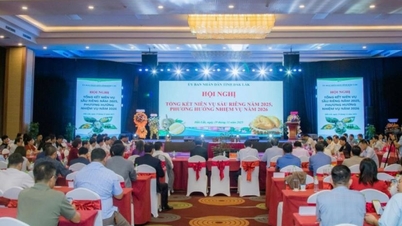

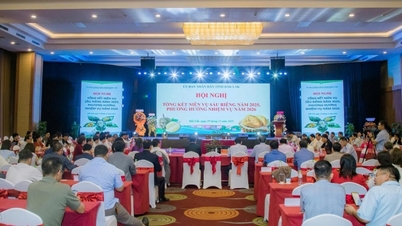
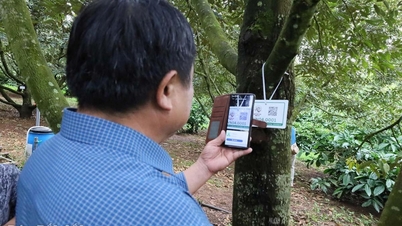


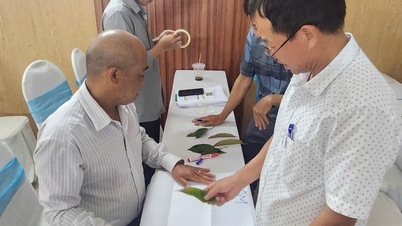

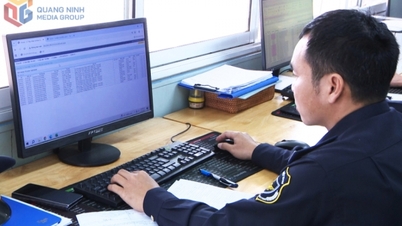

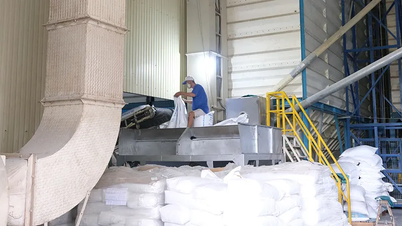

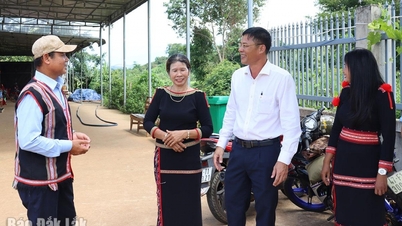
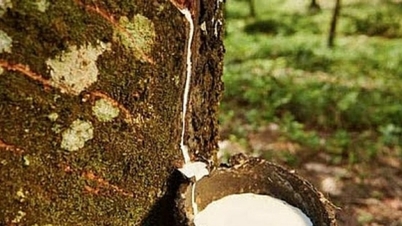

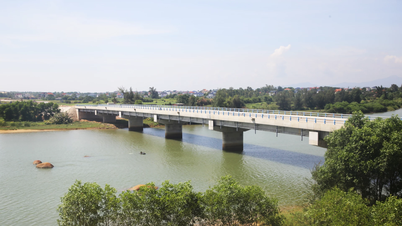

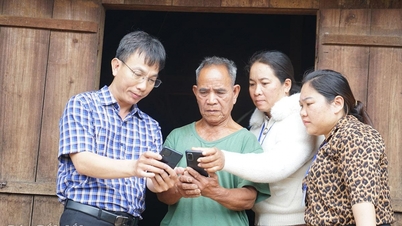




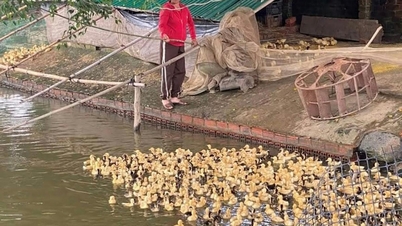

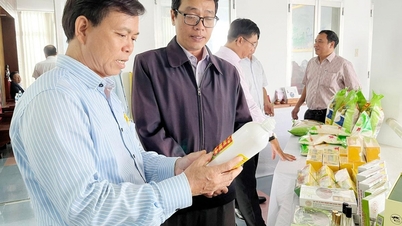
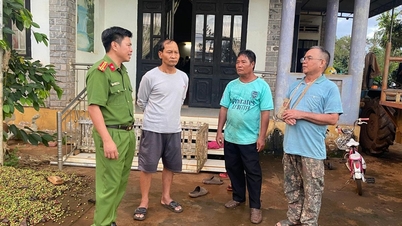
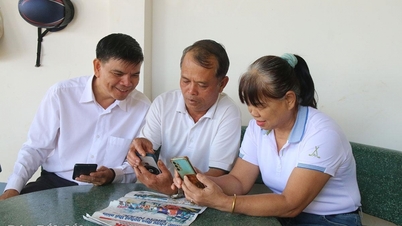


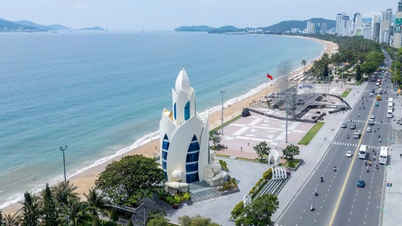

![[Video] Protecting World Heritage from Extreme Climate Change](https://vphoto.vietnam.vn/thumb/402x226/vietnam/resource/IMAGE/2025/12/03/1764721929017_dung00-57-35-42982still012-jpg.webp)
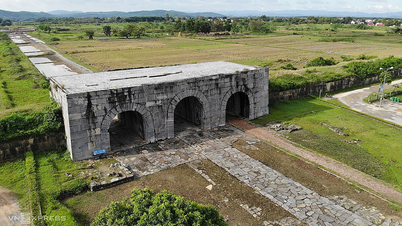





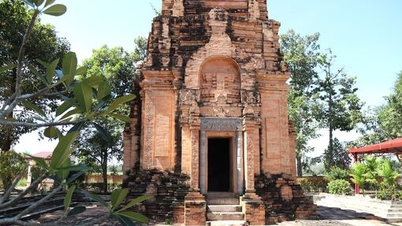

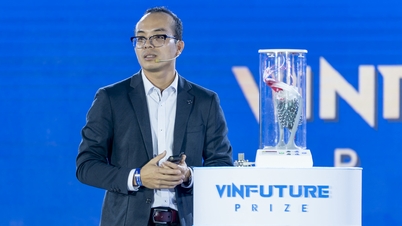

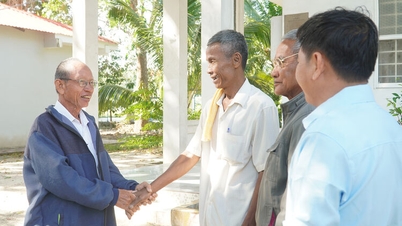

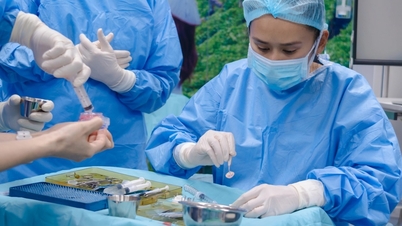



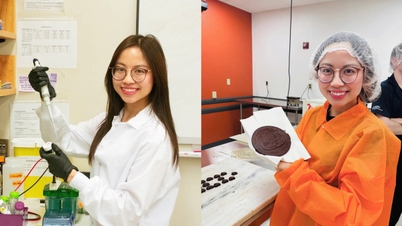

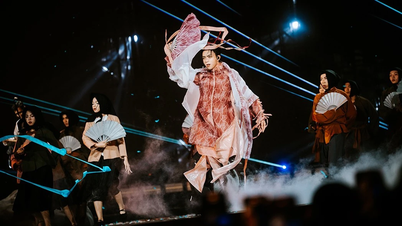


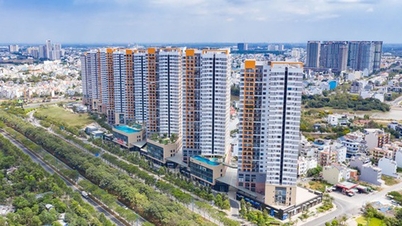

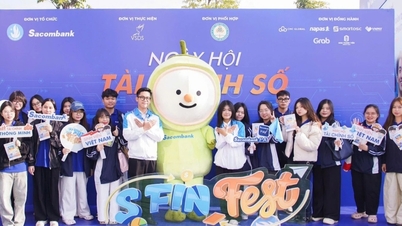

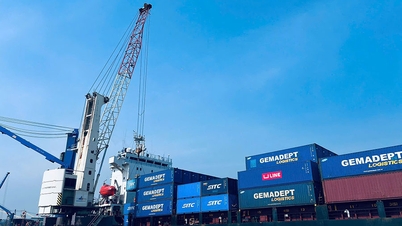







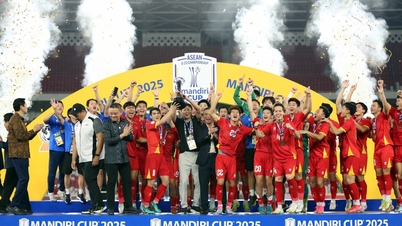
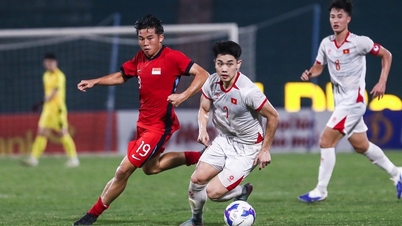
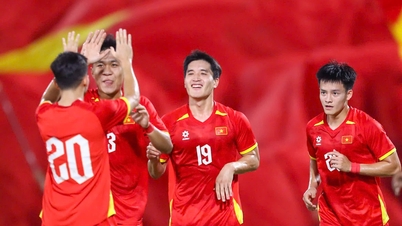




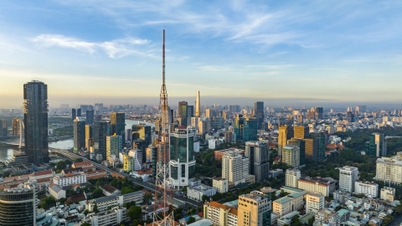

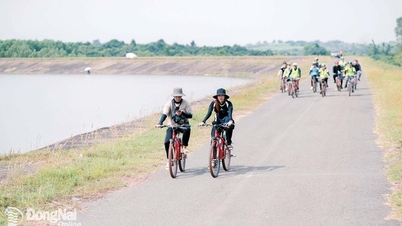

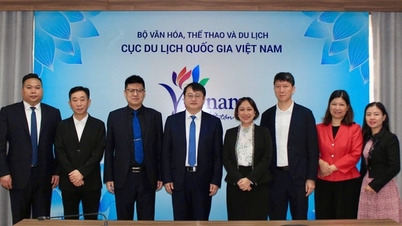
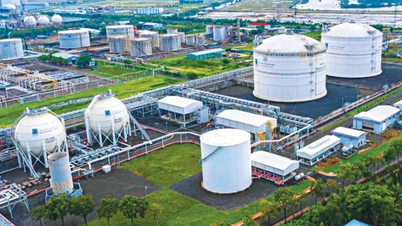
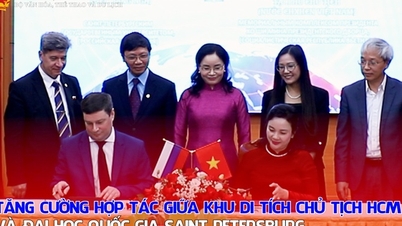
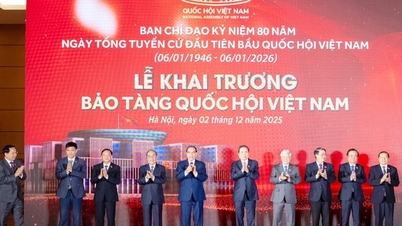

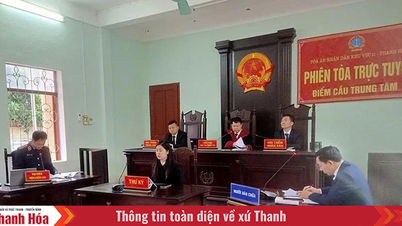

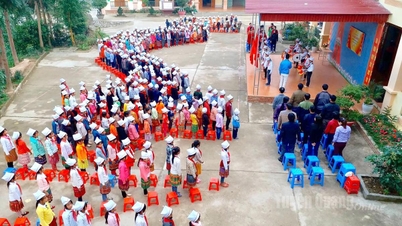

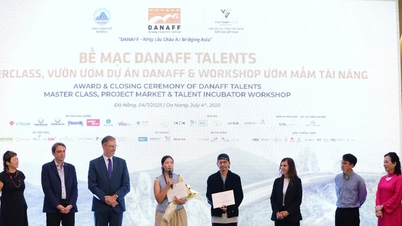

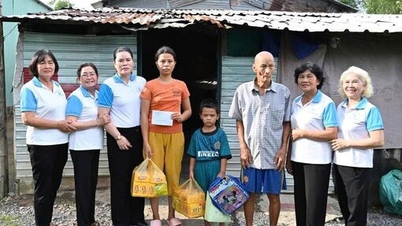
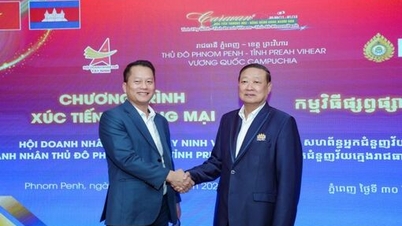
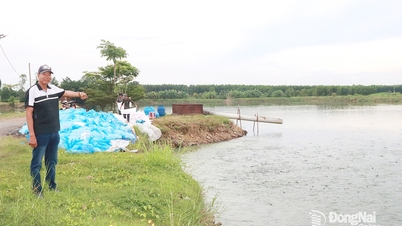












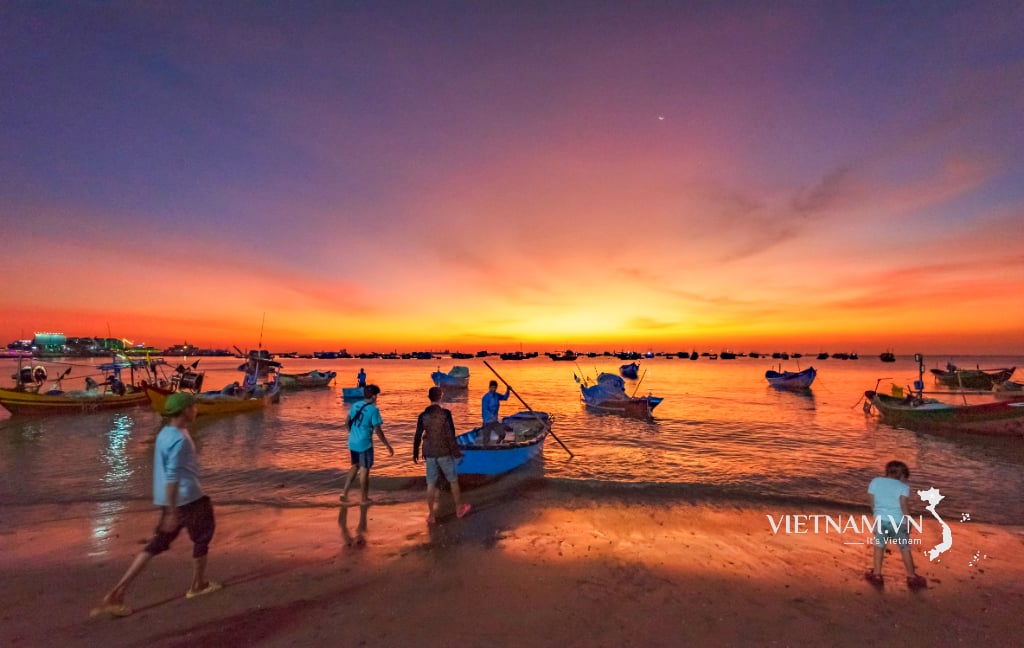

Comment (0)